River time in Scottish Highlands — Long was her trail, abundant her offerings
Rewilding Ancient Caledonian Forest in Glen Affric and Faery Food
“We can feel that our wisdom begins where the author’s ends, and we want him to give us answers when all he can do is give us desires. He awakens these desires in us only when he gets us to contemplate the supreme beauty which he cannot reach except through the utmost efforts of his art.
The end of a book’s wisdom appears to us as merely the start of our own, so that at the moment when the book has told us everything it can, it gives rise to the feeling that it has told us nothing.”
— Marcel Proust
Another Headwaters writing course has ended, and summer has finally caught up with me. Green oak leaves fully shed their spring translucence; roses cannot hold their own weight, and I know it’s past mid-July.
Proust’s quote found me just at the right time.
In the end, after every course, every book, essay, poem, or song, we are only left with renewed desires. Truer, unburdened desires. As if we are granted permission to want different things. To discard what we had desired before, and allow ourselves renewal.
I realize I am allowed a different relationship with the self that writes. To want a different relationship with language. To want a change, and yet, feel utterly in the void about how to make that happen. I’ve sat in this void for a long time. I confront it every time I write. And every time I realize that the only way to make the way out is through.
And when the void feels utterly ungraspable, the Scottish Highlands are the answer.
Time of the Highlands
In May, I traveled to Scotland, where my family lives, where I lived for 6 years before moving to Berlin.
There is no other place like the Scottish Highlands. The perennial rain and the gloominess of a darkened sky create an aura of magic. A confronting elemental spirit that constantly pushes you to feel alive, to feel your own edges through wetness, cold, and wind.
After my plane landed, my mother took me for a walk beside a large lake. I noticed so much biodiversity just in the shrubs surrounding. A common comfrey grew in large chunks, with weighted, bell-shaped purple blossoms hanging down from their own weight. Native to Scotland and northern Europe, comfrey plays a big role in its ecosystem. It attracts wild pollinators, its root system is complex, deep, and extremely efficient in metabolizing heavy metals from the soil.
Comfrey was once considered an all-cure herb, helping with bone, skin, and lung injuries. The herb was also used for divination. The seers would interpret comfrey’s smoke shape to predict answers to their questions. It is well known that heat and smoke liberate the plant’s spirit, bringing a message.
We turned away from the lake and followed upstream, entering a woodland grove. My mother and I met hawthorn in full bloom, we met ferns, bluebells, willows, and giant moss-covered sycamores. The dampness of the air, mixed with the aroma of soil and blossoms, rejuvenated my body. The ancient energetic felt like a relief I had longed for the past months. The veil between realms seemed to be quite thin. Someone even crafted a tiny door and nested it into the tree trunk. These sycamores were spirit homes, an architecture to house the invisible beings we share our world with. We turned around at an old, now roofless grotto that once was built and belonged to the MacDowall family.
“Life here is hard and astringent, but it seldom kills grace in the soul.”
— The Living Mountain by Nan Shepherd
Her trail
The next day, we left for Glen Affric, looking ahead to a 5-hour drive up north. On our way up north, I have never seen so much sunshine in the highlands. As if coming through a zenith, the light was so blinding, so otherworldly, that it was almost unbearable. My eyes could hold onto every ridge on Glencoe’s surfaces, every shrub, every kind of green distributed across the landscape. Sharp shadows and drying patches of grass leaped into sight. By then, Scotland hadn’t seen rain for weeks. Pebbled stream trails, where once water moved with abundance, were halfway dried out.
This was my second time in Glen Affric. The first time was in October 2023. My mother and I spontaneously found a cottage in the middle of nowhere and drove through an orange warning storm just to spend two half days in the area. The rain became a flood that took over farm fields, roads, homes. Tree trunks were halfway submerged in muddy, rapid streams. Something runs in our family that is not sentimental about the distance or time (or even danger?) it takes to get to a place of meaning, connection, or beauty. It’s a very impractical trait.
Her voice is as clear and fast-flowing as streams she follows to their source, only to find that the source always points inwards, further. There is always further to go.
— Jeanette Winterson on Nan Shepherd’s writing
And so we arrived, and immediately went on a short hike near Dog Falls. It followed River Affric’s gorge and the surrounding forest. The highest peak of the hike revealed the whole Glen, layered mountain peaks, Scots pines, wild blaeberries (blueberries), heather, rowan trees, and a shimmering lake beneath.
On our way back, we passed through a downward winding path of birches, old pines, ferns, and mosses. I stayed behind to record the sounds of River Affric and take analog photographs. I found a way to come closer to the fast stream, pushing its way through soft slabs of rock. I wanted to stay there for hours. River time expands, melts, runs somewhere, and never gets captured.
Being alone with the river fed me. I entered into a nonverbal conversation with her, communing our energy. Her presence felt as if someone was reflecting my own soul back to me. As if my soul met itself in another form.
Her strong, gracious movement in a place of calm turns into a spinning waterfall, bursting in sound and force. Water collapses onto itself. She knows her own weight. Splashes without self-tamed demeanour. Softens the hardness of the rock, who is a friend, who gives her a shape, a silhouette, and pace. The river glimmers. Just like glamouries, she reflects the radiance of light. Of golden sun, and greyness of clouds, and most especially, moonlight.
(I am currently writing an essay from the perspective of the river Affric for
A glacial river I met in Switzerland last year had that very same effect upon me. I was stupefied, and I didn’t want to leave. Flowing water holds magic: it promises life, it promises connection, and renewal.
“In English, pronouns for natural features are “which” or “that”, not “who”: the river that flows; the forest that grows. I prefer to speak of rivers who flow and forests who grow. In English, we speak of a river in singular. But ‘river’ is one of the great group nouns, containing multitudes. In English, there is no verb ‘to river’. But what could be more of a verb than a river?”
— Robert Macfarlane, Is a River Alive?
Glen Affric
Next morning we drank tea on our log cabin’s veranda and drew two spreads of the Sooth Cards (by
and Rima Staines) — one for my mother and one for me. Ironically, we both pulled the same card but at opposite ends of the draw. This time, I could really tune into the deck and understand its ways. I felt as if it was created for moments like these, rather than quicker check-ins or sharp answers. Sylvia’s writing felt so primordial and mystical, yet direct. Rima’s paintings pointed where the words could no longer reach. We received a gift of poetry and soft prescience for a morning of rain in the highlands.That day, we set out to hike around the Affric lake, which would be a 19 km hike. Surrounded by mountains on both sides, we started on the left side of the lake, partially covered with new growth birches, rowans. In hindsight, an effort of Trees for Life and other organisations that have fought to protect the land from over-grazing, so that saplings have a chance to grow into trees.
We passed flocks of Scots pines, scattered across the patchy landscape. Old trees shaped themselves with decades of wind in the open. They stood here for hundreds of years, surviving logging and deforestation.
For over the past thirty years, the Glen has been under a rewilding project that has set an example to many places around the world. In all the years I lived in Scotland, I never realized how deforested it was. Naked hills seemed to be just a consequence of rocky terrain and unforgivable weather. Scotland, after all, is known for its exposed and barren terrain. However, 4000-2000 years ago, the majority of Scotland was covered in thick forest. Severe logging began in the 17th century, and for several hundred years, the native Scots pines and other trees were felled for buildings, ships, and fuel.
And as history proves itself again and again, with ecological destruction comes cultural eradication. While native pine forests were being cleared, alongside them, Scottish people were forcedly displaced from their ancestral homes in the highlands and islands between 1750 and 1860, a brutal period of history better known as the Highland Clearances.
Today, deer and sheep continue to graze everything that comes in their way, and thus, every new tree sapling or shrub is immediately eaten. The ancient Caledonian forest only remains in a select few places in Scotland, and one of them is Glen Affric. Without human intervention to rewild, the Caledonian forest cannot regenerate by itself.
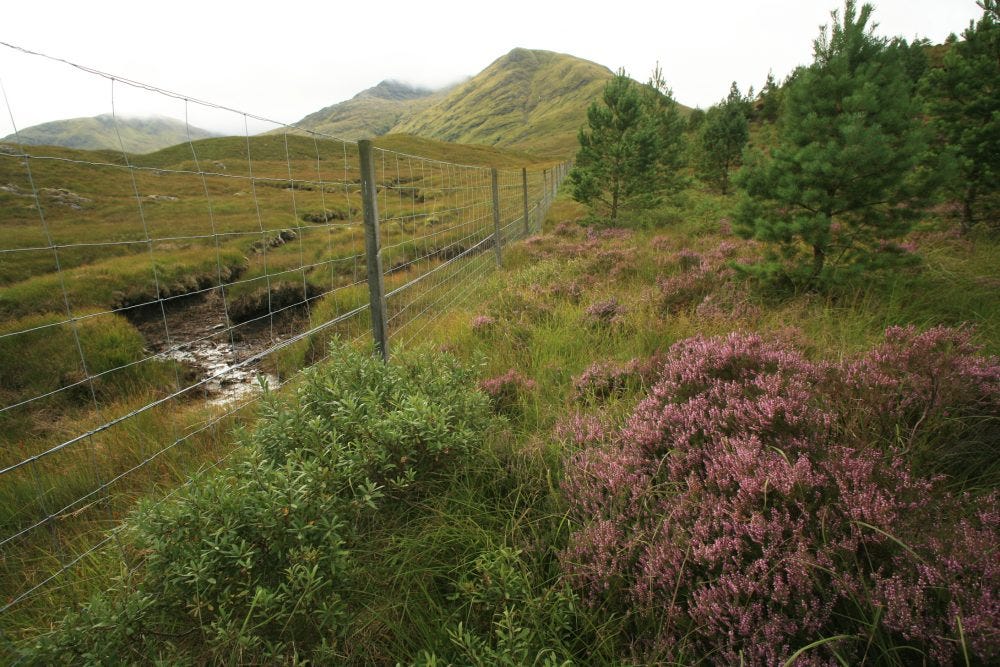
During the trip, I learned about the work of Alan Watson Featherstone, a pioneering ecologist, conservationist, and photographer. Almost 40 years ago, Alan founded an organisation called Trees for Life to address the severe deforestation and ecological degradation in the Scottish Highlands. The goal was to restore the ancient Caledonian Forest, as almost 99% of it had been lost due to centuries of logging, overgrazing by deer and sheep, and land mismanagement. Alan and volunteers have planted over 1,5 million trees in the Scottish Highlands. You can hear more about Alan’s story of rewilding the ancient Caledonian forest here.
In October, my partner and I will be joining Alan on a week-long rewilding training in Glen Affric, which I am deeply excited about. We will live in a bothy with no electricity, no running water, or phone signal. We will learn how to rewild and regenerate degraded land, as well as how to start a rewilding project of our own. I will certainly be writing about it.
Her offering
“Faerie and glamourie and witcherie are not for men who lie in bed till eight. Find an October night warm enough to sleep out, and a dawn all mixed up with moonshine, and you will see that I am right. You too will be mis-spelled.”
— The Living Mountain by Nan Shepherd
As we reached almost mid-point of the hike, my mother, my sister, and I climbed higher off the road. My brother chose to wait for us by the path. We climbed up a steep rock. Onto its sharp peak, we gathered our offerings for the glen’s faeries and spirits. We brought cottage cheese, medjool dates, and pecan nuts: some traditional, some exotic delicacies to this place. Then, three of us went into a short meditation.
I spoke to the spirit of the land. With a persistent desire in my heart to return here, reconnect with Scotland in a way I haven’t yet before. I felt a longing to return. A longing to be. To wander the glens, to spend time by the rivers, to listen for a very, very long time. As far as I know, my mother is the first in our family line to move to Scotland. And I feel that my increasing longing to be in Scotland is not accidental. It’s a strange, secondary motherland where I never truly belonged. But something continuously draws me back. Here, I got used to rainy, gloomy summers. To the lushness of a wet landscape. A dreamscape of potential. A longing for unfragmented time. Even if the landscape is scarred and wounded by modernity, by an internalized colonial stomp, even if the rain has no roots to nourish, the land dreams of healing and building a new home for all the wildlife and hungry spirits.
After our meditation, my mother explained that we should greet all four directions and beings that dwell in each direction. This was our first family ritual offering to the land.
We returned from the hike exhausted and weary. Everyone was in ache that only comes after beating your feet in a rhythm of walking for a very long time. Ache that delays your recognition of beauty around you. Or perhaps, only beauty saves you, because you refrain from the feeling of the body altogether. I made food, and we ate in silence. A deep sleep followed.
In the wake
As I predicted, the ache of walking from the day before dissolved, and only the memory of awe remained. To aid the recovery, the next day, we drove to Plodda Falls (in Gaelic Eas Ploda, meaning Ploda fish) — a cathedral of coniferous giants with a waterfall of 46 meters high. Non-native Douglas firs, redwoods, and larches were planted here in the 19th century by Lord Tweedmouth, the owner of the Guisachan estate.
The Highlands open up with silence. With an approach that is reverent, flying close to the ground. In our silence and openness, the land speaks to us. It guides us. Perhaps, it also works through us, regenerates itself through us. The ancient Caledonian forest could not come back if not through human love and devotion, as in the case of Alan’s work. It’s asking us to connect, not to extract. There is a different way to visit the Highlands.
To be with the mountains, not on top of them. To move into the land, not above it. To submerge your hands into the cold streams and find yourself on an October night, warm enough to sleep outside. To witness dawn mixed up with moonshine, and prove Nan Shepherd right, that indeed, the fusion of the inner self and outer realm in these week hours of the night “keeps the life from corruption”.
"One cannot know the rivers till one has seen them at their sources; but this journey to the sources is not to be undertaken lightly. One walks among elementals, and elementals are not governable. There are awakened also in oneself by the contact elementals that are as unpredictable as wind or snow.”
— Nan Shepherd, The Living Mountain
Thank you for reading this essay. Share it with those who might be inspired by it, feel affinity to Scotland, or rewilding projects! If you would like to deepen your writing, join my Headwaters 6-week writing course waitlist below. (Starting October 2025)





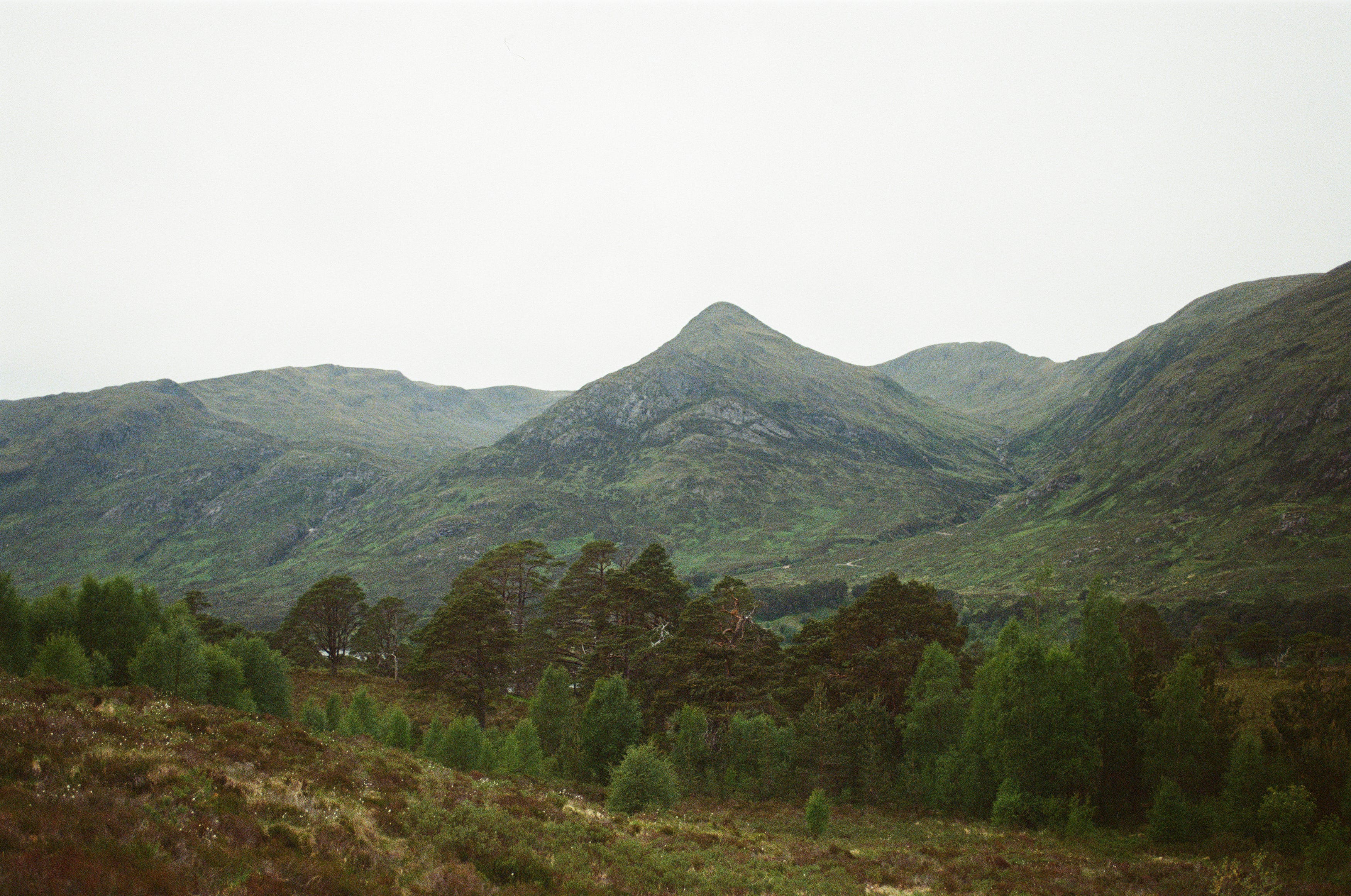
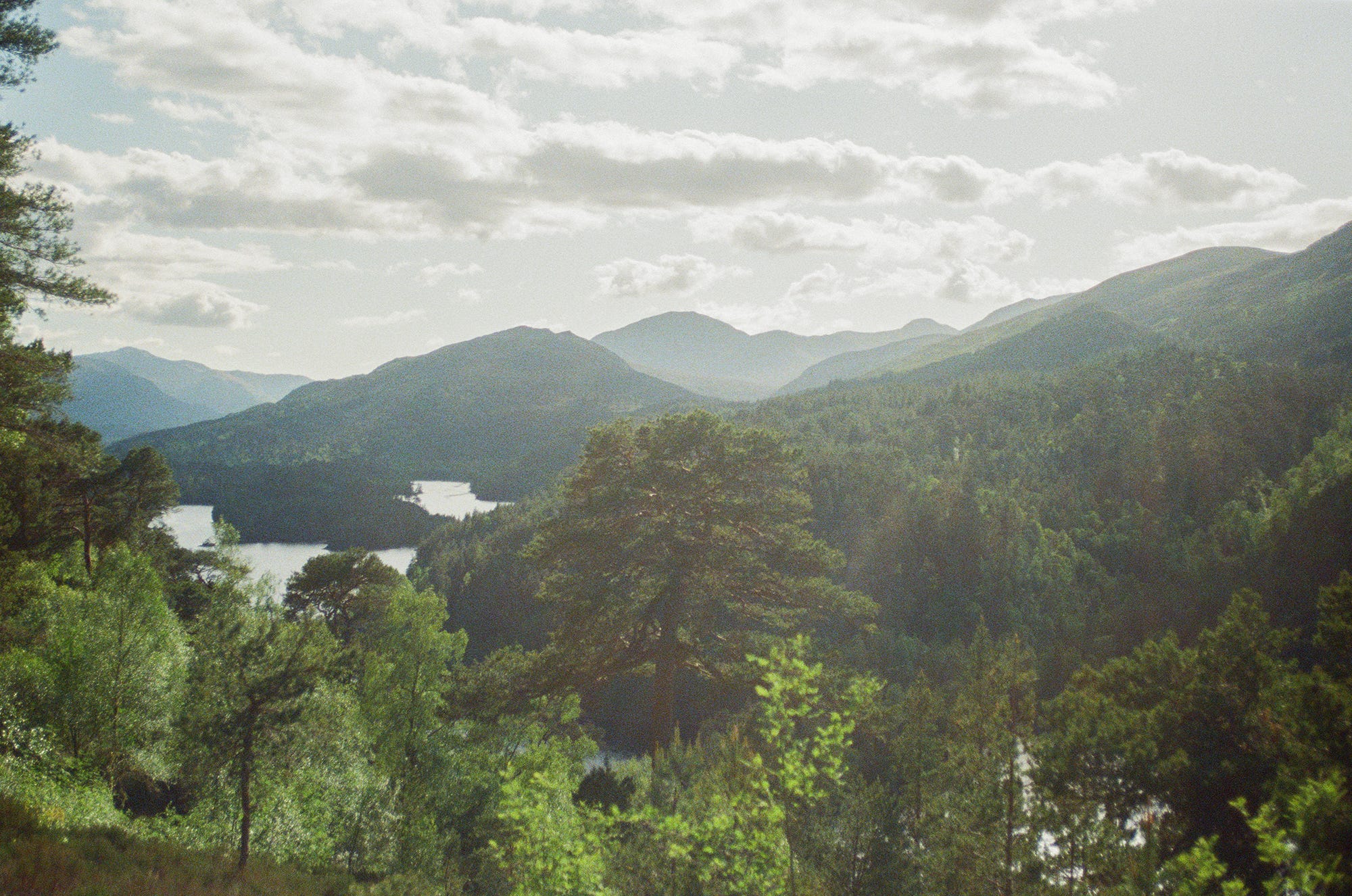
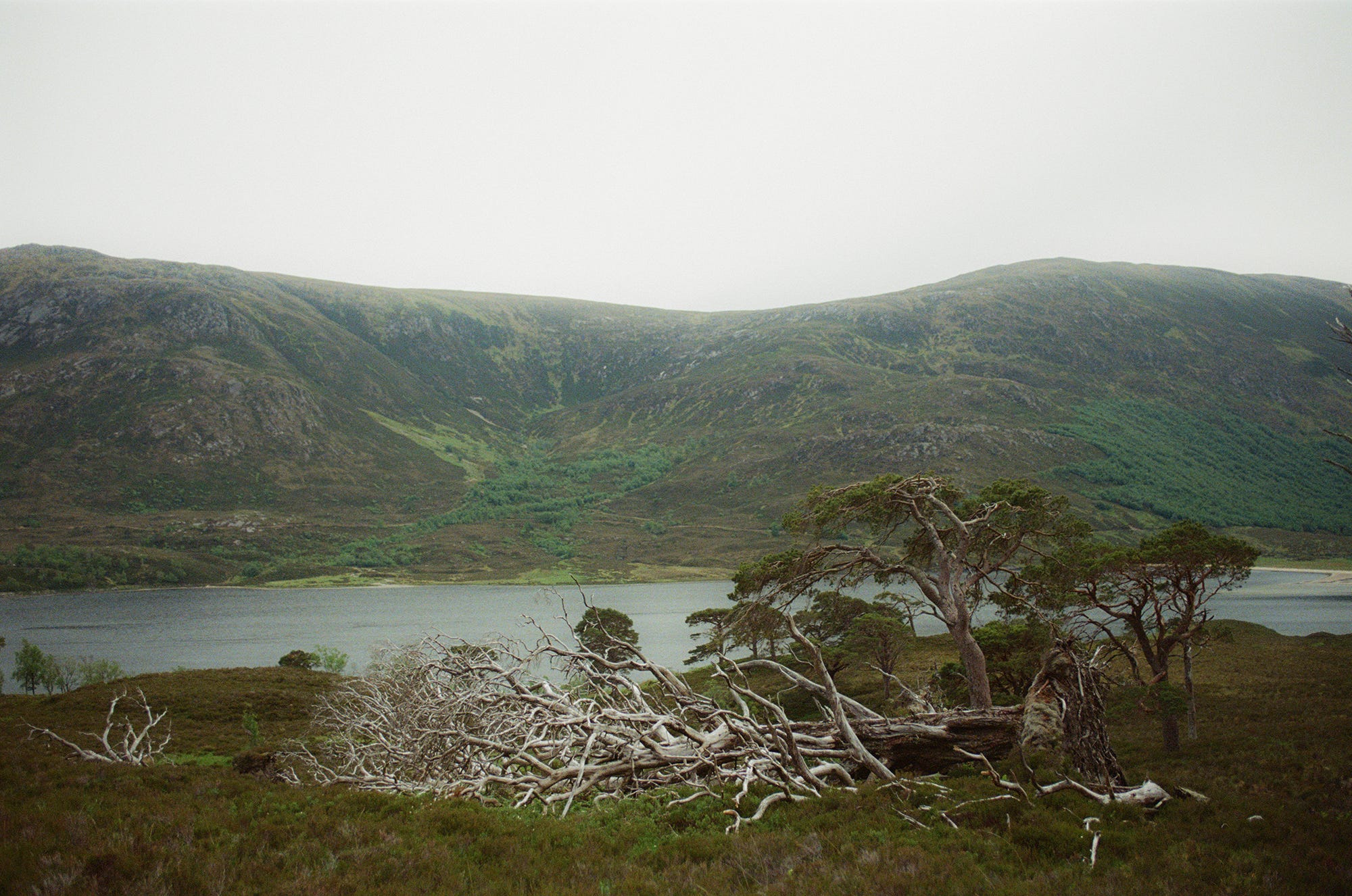
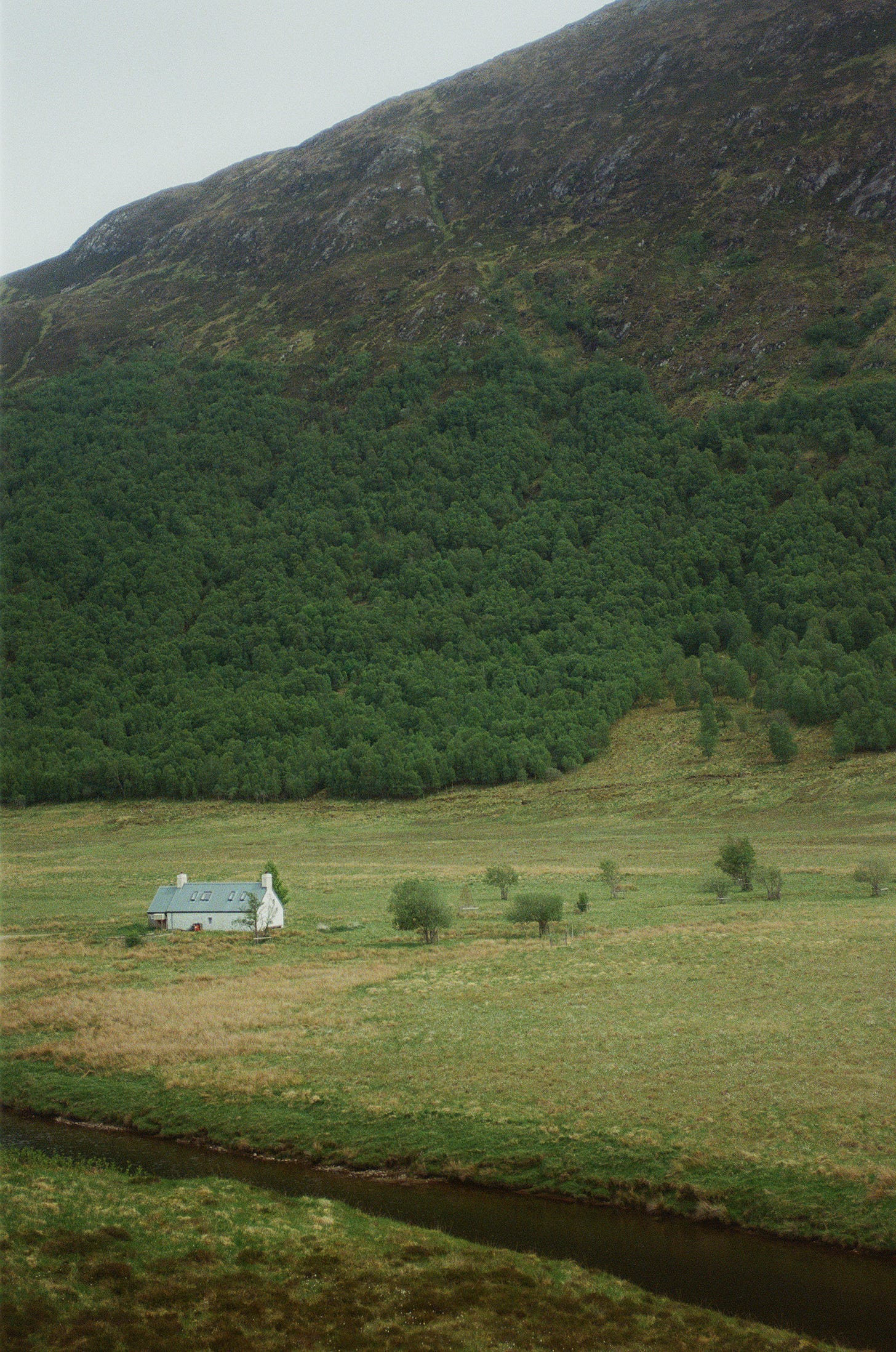
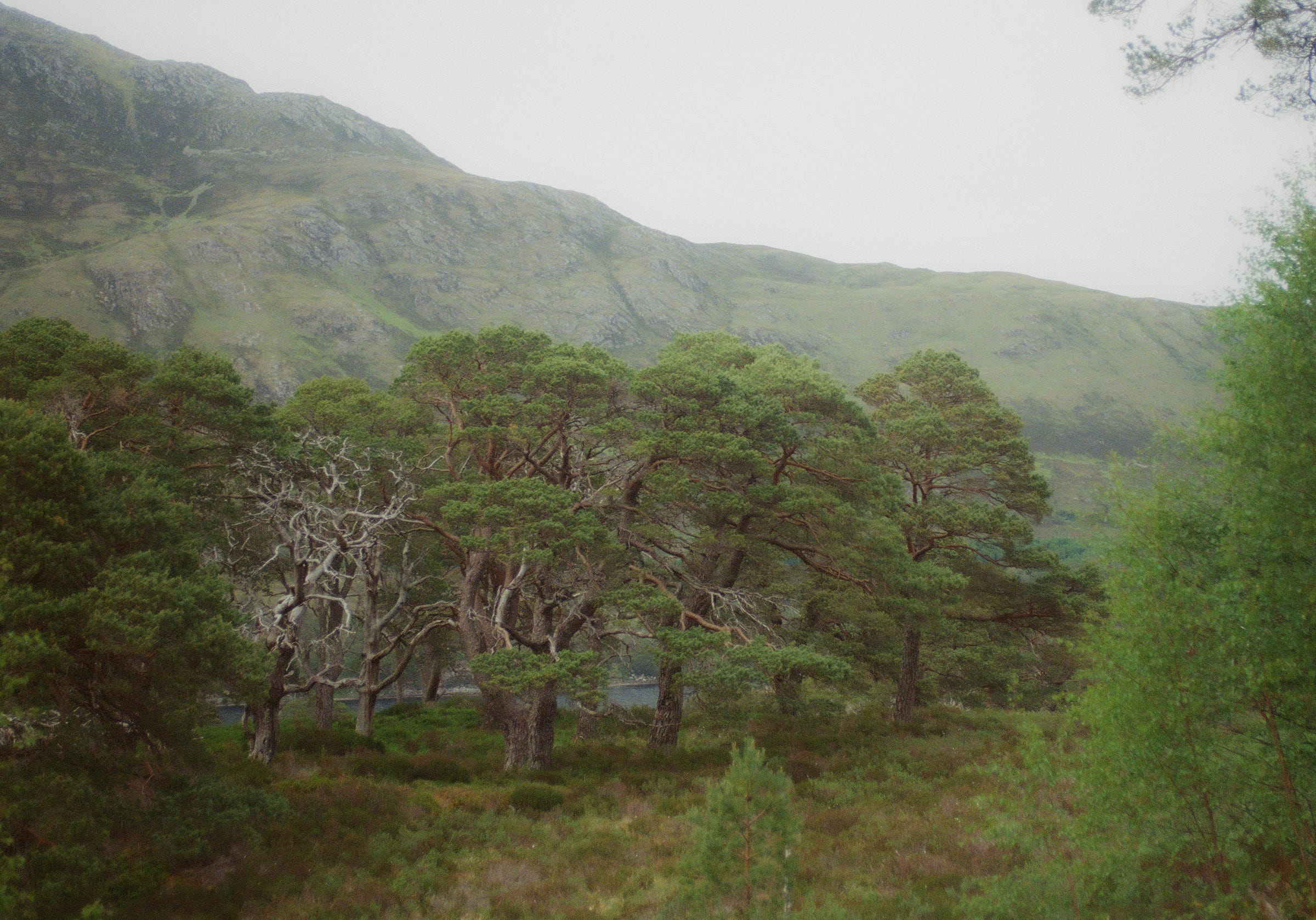
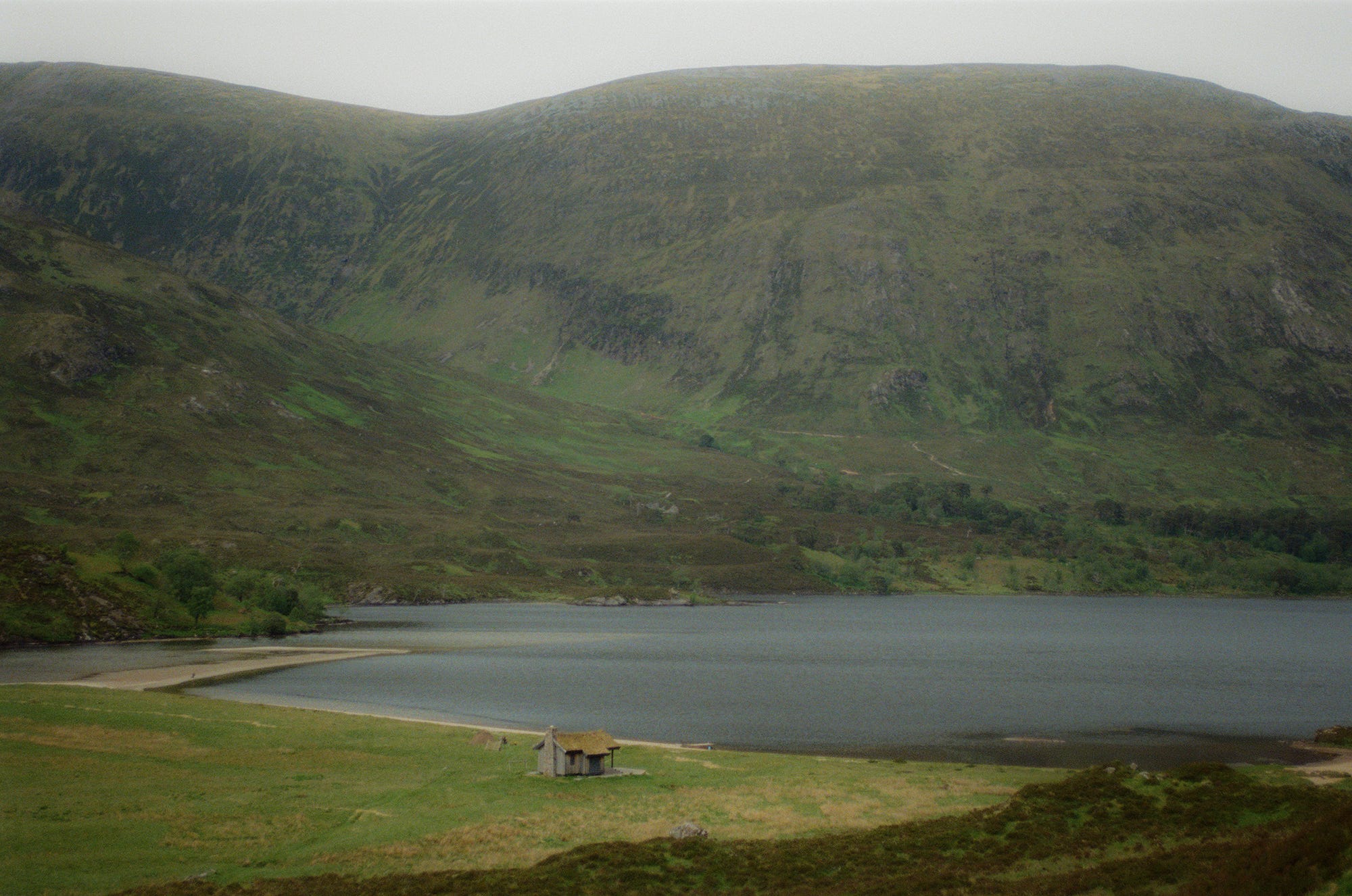
As someone who has never been in Scotland I am in awe of her magic and beauty through your relationship and words dear Rūta. It fills my heart with warmth with-nessing how you and your loved ones respond to her enchanting calls, and how she shapes your journey of becoming. Thank you. 🥲🫂
I'm glad that you are making such a strong connection with the magical Scottish landscape. As a native who now lives in the Netherlands, but comes back periodically for family reasons, I find myself yearning for the "land of the mountain and the flood". I read this piece while I was returning from a hike along part of an old drove road, the "Road to the Isles", across the wilderness of Rannoch Moor, and in sight of Schiehallion, the conical "fairy hill of the Caledonians".
If I may make one suggestion, if you write further about the landscape, it might sound better to use "loch" rather than "lake", as this is how most of the lakes in Scotland are named (and curiously, also many of the long sea inlets that might be called fjords in Norway, e.g. Loch Fyne)